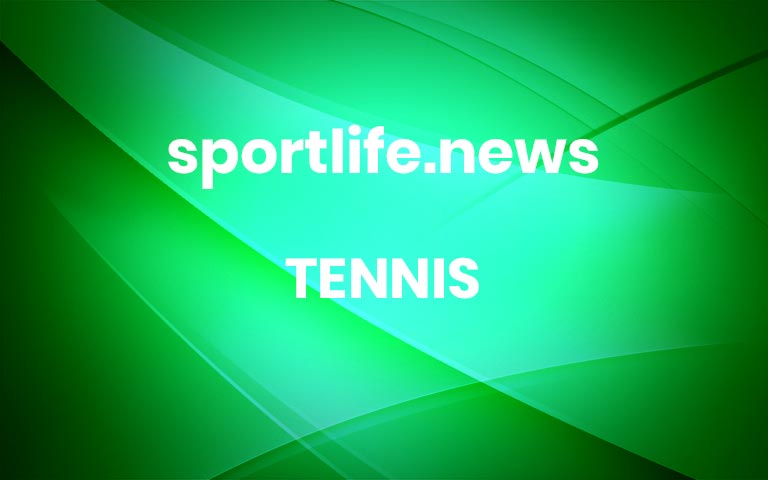Robert Lansdorp, Prominent Coach of Tennis Champions, Dies at 85
His students, including Tracy Austin, Maria Sharapova, Pete Sampras and Lindsay Davenport, developed their ground strokes through his regimen of intense repetition.Robert Lansdorp, an influential tennis coach whose intense focus on developing ground strokes through ceaseless repetition helped turn four of his students — Tracy Austin, Pete Sampras, Lindsay Davenport and Maria Sharapova — into No. 1-ranked players in the world, died on Monday in West Carson, Calif. He was 85.Stephanie Lansdorp, his daughter, said his death, in a nursing facility, was caused by cardiopulmonary arrest.Lansdorp, who was based in Southern California, worked one on one, mostly with young players — Austin started lessons with him at 7, Sampras at 10 — to build their muscle memory by relentlessly drilling them on their forehands, backhands and other strokes and on their footwork.“He wanted to do it over and over and over again, and he had methods to get there — he had a knack,” Austin said in an interview. “You knew if Robert was pushing you, it meant that he knew there was more to you. He was tough, but there was a soft side to him. He thrived on making people better.”When Austin won the women’s singles title at the U.S. Open at age 16 in 1979, she became the youngest women’s champion in tournament history and the first Grand Slam champion tutored by Lansdorp.“We made our names together,” she said.After Austin’s victory over Chris Evert, Lansdorp told reporters: “There’s room for improvement. There’s only one way to go — up.”We are having trouble retrieving the article content.Please enable JavaScript in your browser settings.Thank you for your patience while we verify access. If you are in Reader mode please exit and log into your Times account, or subscribe for all of The Times.Thank you for your patience while we verify access.Already a subscriber? Log in.Want all of The Times? Subscribe. More


